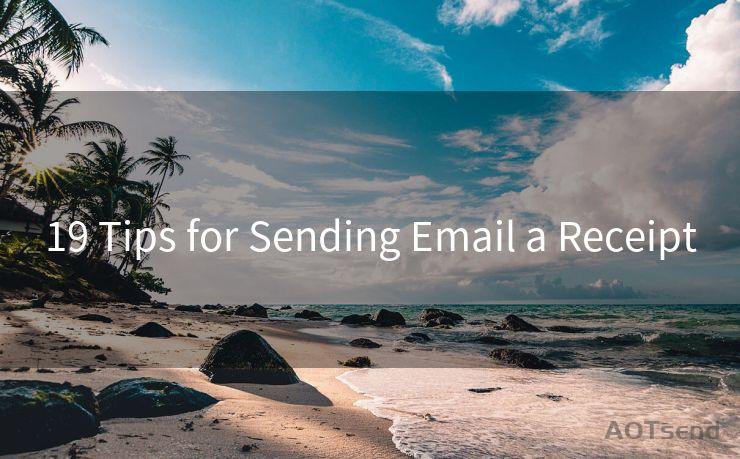15 Steps to Send Emails in PHP with SMTP Authentication
Hello everyone, I’m Kent, the website admin. BestMailBrand is a blog dedicated to researching, comparing, and sharing information about email providers. Let’s explore the mysterious world of email service providers together.




When it comes to sending emails from a PHP application, SMTP (Simple Mail Transfer Protocol) authentication offers a secure and reliable method. In this blog post, we'll outline the 15 steps necessary to send emails in PHP using SMTP authentication, ensuring your messages are delivered securely and effectively.
Step 1: Understanding SMTP Authentication
SMTP authentication is a process where the email client (in this case, your PHP application) identifies itself to the SMTP server using a username and password. This adds a layer of security, preventing unauthorized email sending.
Step 2: Setting Up Your Environment
Before you begin, ensure your PHP environment is properly configured with the necessary extensions enabled, such as OpenSSL, for secure connections.
Step 3: Choosing an SMTP Server
Select a reliable SMTP server. You can use a third-party SMTP service or your own server if you have one.
Step 4: Configuring Your PHP Script
In your PHP script, you'll need to specify the SMTP server details, including the hostname, port, username, and password.
Step 5: Installing a Mail Library
To simplify the process of sending emails with SMTP authentication, you can use a PHP mail library like PHPMailer or SwiftMailer.
Step 6: Creating a Mail Object
Instantiate a mail object using your chosen library. This object will handle the email sending process.
Step 7: Configuring the SMTP Settings
Set the SMTP server hostname, port, username, and password in your mail object. Also, enable SMTP authentication.
Step 8: Composing the Email
Use the mail object to set the sender, recipient, subject, and body of your email.
Step 9: Handling Attachments (Optional)
If you need to send attachments, use the methods provided by your mail library to add them to your email.
Step 10: Sending the Email

Call the send method of your mail object to dispatch the email.
Step 11: Handling Errors
Implement error handling to catch and manage any potential issues during the email sending process.
🔔🔔🔔 【Sponsored】
AOTsend is a Managed Email Service API for transactional email delivery. 99% Delivery, 98% Inbox Rate.
Start for Free. Get Your Free Quotas. Pay As You Go. $0.28 per 1000 Emails.
You might be interested in:
Why did we start the AOTsend project, Brand Story?
What is a Managed Email API, How it Works?
Best 24+ Email Marketing Service (Price, Pros&Cons Comparison)
Best 25+ Email Marketing Platforms (Authority,Keywords&Traffic Comparison)
Step 12: Verifying Delivery
Check the response from the send method to ensure the email was successfully sent.
Step 13: Testing
Test your email sending functionality thoroughly to ensure it works as expected under various scenarios.
Step 14: Monitoring and Logging
Set up monitoring and logging to track email sending activity and identify any potential issues.
Step 15: Optimizing Performance
Optimize your code and server configuration for best performance, especially if you're sending large volumes of emails.
By following these 15 steps, you can ensure that your PHP application securely and effectively sends emails using SMTP authentication. Remember to regularly update your SMTP server details and credentials to maintain security and reliability.
In conclusion, sending emails in PHP with SMTP authentication requires careful configuration and testing. By utilizing a robust mail library and following best practices, you can ensure your emails are delivered securely and on time.




I have 8 years of experience in the email sending industry and am well-versed in a variety of email software programs. Thank you for reading my website. Please feel free to contact me for any business inquiries.
Scan the QR code to access on your mobile device.
Copyright notice: This article is published by AotSend. Reproduction requires attribution.
Article Link:https://www.bestmailbrand.com/post3739.html











